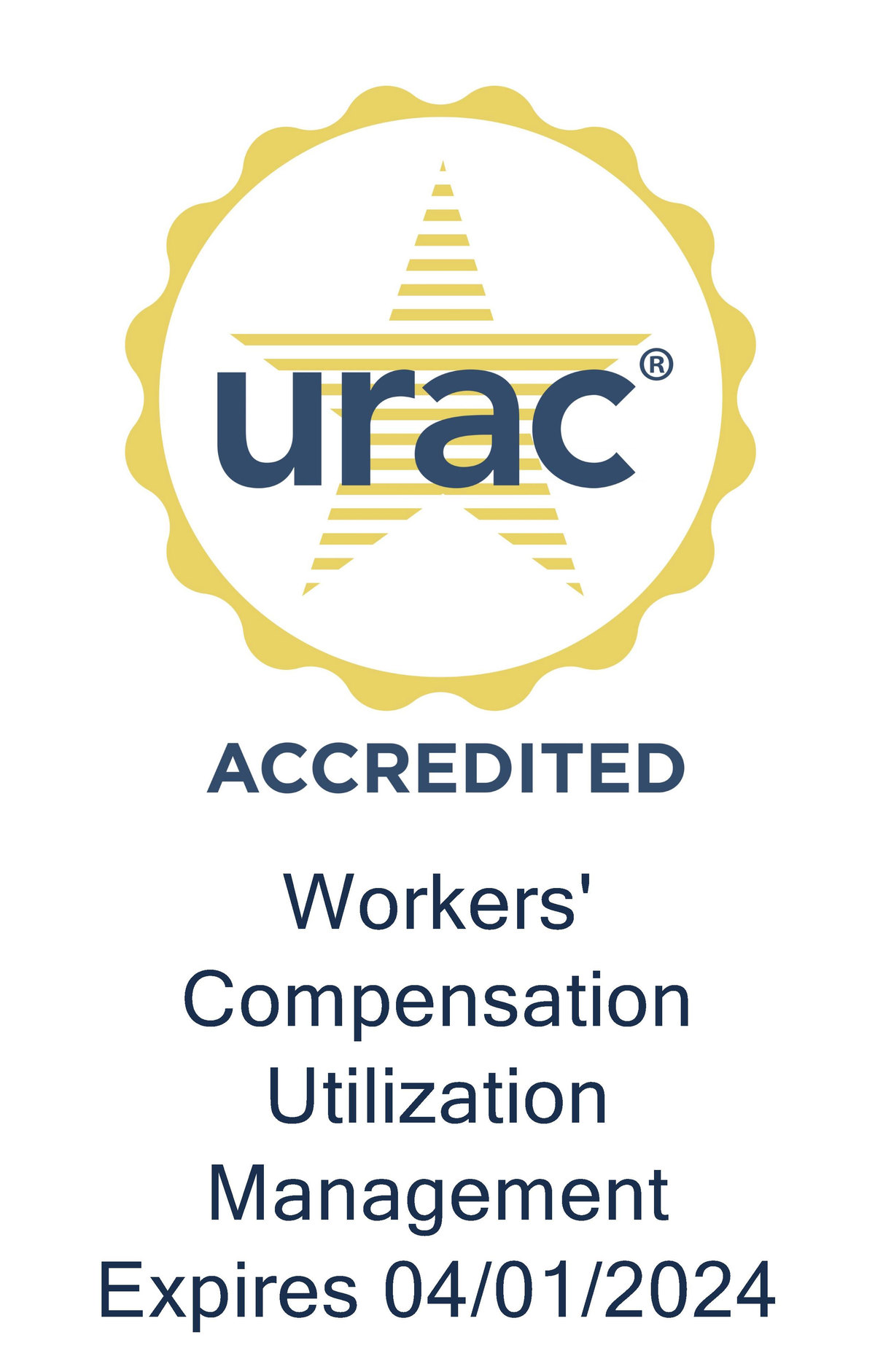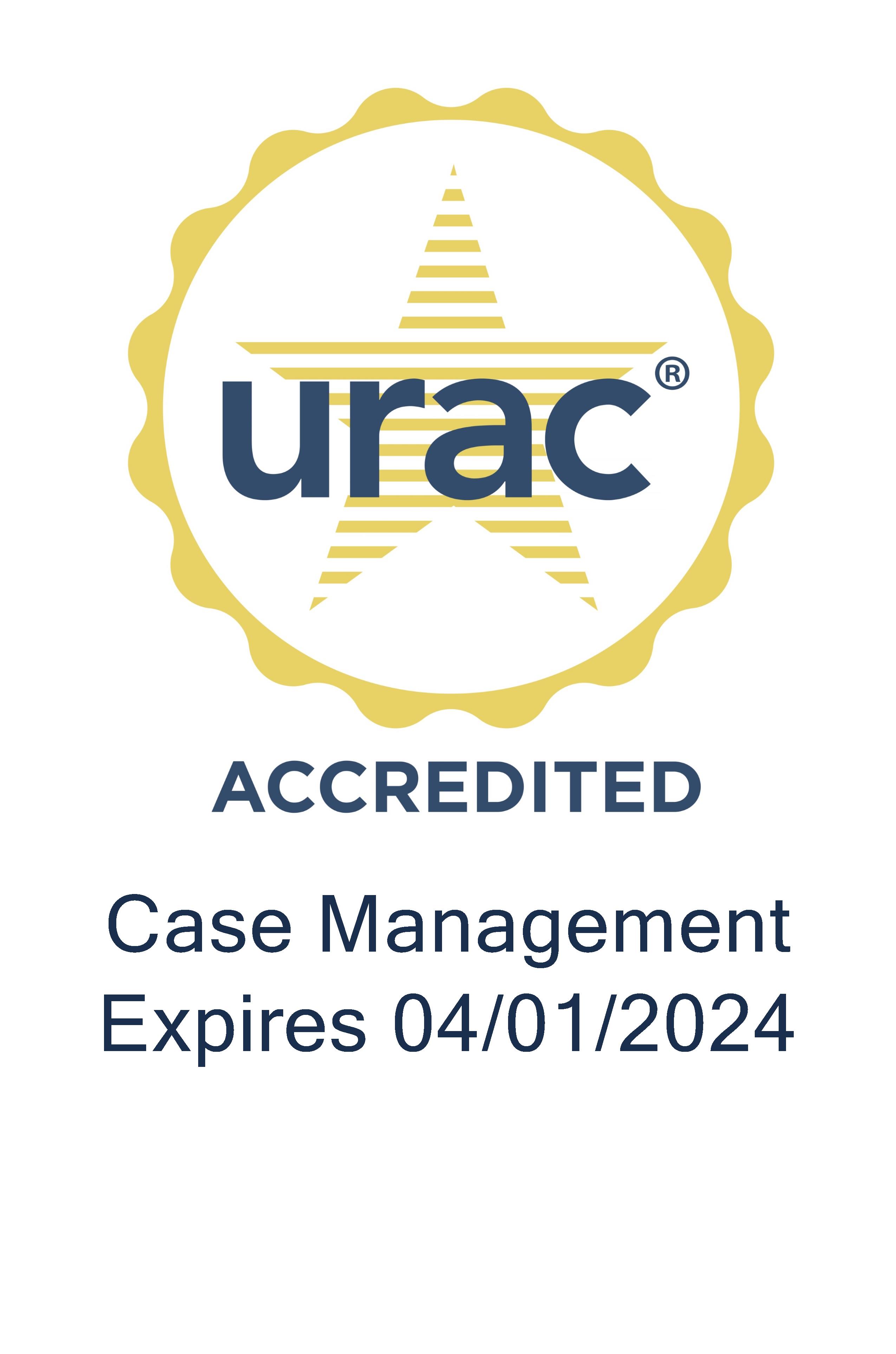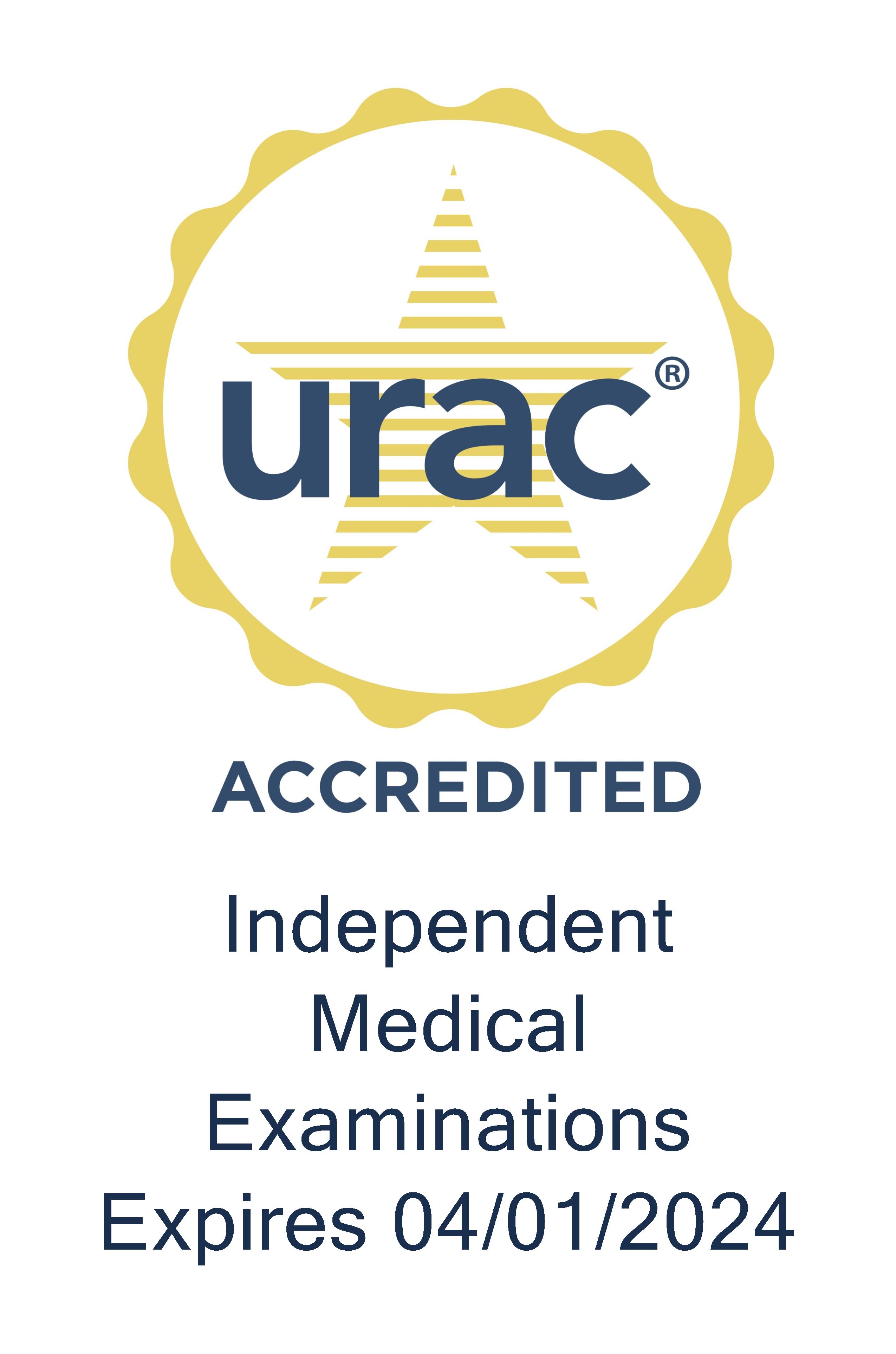Custom networks help match injured workers with the ideal providers
Employers and payers are seeing increased value in customizing the networks they use in their workers’ compensation programs. Customization allows them to design a network that meets their population’s needs. After all, one size fits all might suffice for the hats and scarves we’ll soon be digging out of the closet, but when pairing an injured worker with a provider, sometimes a tailored approach is best.
States that allow direction of care are ideal for network customization. This allows employers and payers to guide injured workers to preferred providers who:
- Are experienced with treating workers’ comp injuries
- Meet necessary contracting and credentialing requirements
- Follow nationally recognized guidelines in their treatment plans
Experience treating injured workers and operating within the workers’ comp system can prove invaluable. Workplace injuries are different from those that don’t occur on the job. Getting hurt at work can set off worries among employees about their earnings, their status at work, and the ramifications of potentially long-lasting or even permanent changes in how they do their jobs. Providers who have experience addressing these and other concerns might be more apt to detect and avoid some of the bumps that can push workers’ recoveries off course.
Customizing networks gives employers and payers other ways to help guide workers toward good outcomes as well. Organizations that analyze their own claims data may want to include or exclude providers based on their internal research. Employers and payers can, for example, add eligible providers, hide them from search results, or remove them altogether from a custom network. Often this can be done with simple-to-use online tools. All this tweaking and fine-tuning can pay off. Our internal analysis shows that while customized networks may only increase network usage about 5% the results are substantial:
- Up to a 20% reduction in medical expense
- As much as a 14% decrease in claim duration
Employers and payers can find still more ways to tailor their networks to suit their patient populations. This can include giving injured workers access to an outcomes-based network, which can help make their results even better.
Where can networks be customized?
Some states allow for customization, while others do not. Some states that have certified networks as part of a managed care organization (MCO)—or MPN, HCN, PPP, etc., depending on what the state calls it—will let a network be customized as long as it continues to meet compliance and coverage requirements. Other MCO states do not approve this, and some non-MCO states do. The key is usually whether direction of care is permitted in the state. Here is what’s allowed from state to state:
- MCO networks can be customized in California, Connecticut, Illinois, Massachusetts, New Jersey, Texas, and West Virginia
- Broad-based networks can be customized in Alabama, Arizona, Arkansas, Idaho, Indiana, Iowa, Kansas, Nevada, North Carolina, Oklahoma, Pennsylvania, South Carolina, Utah, and Virginia
- Either/both MCO and broad-based networks can be customized in Florida, Georgia, and Kentucky
In the states where customization is allowed, the benefits of modifying a network are clear—better penetration, lower costs, shorter claim durations, improved outcomes, working with preferred providers, and more. Customized networks can help employers and payers match injured workers with the providers best suited to meet their needs.





